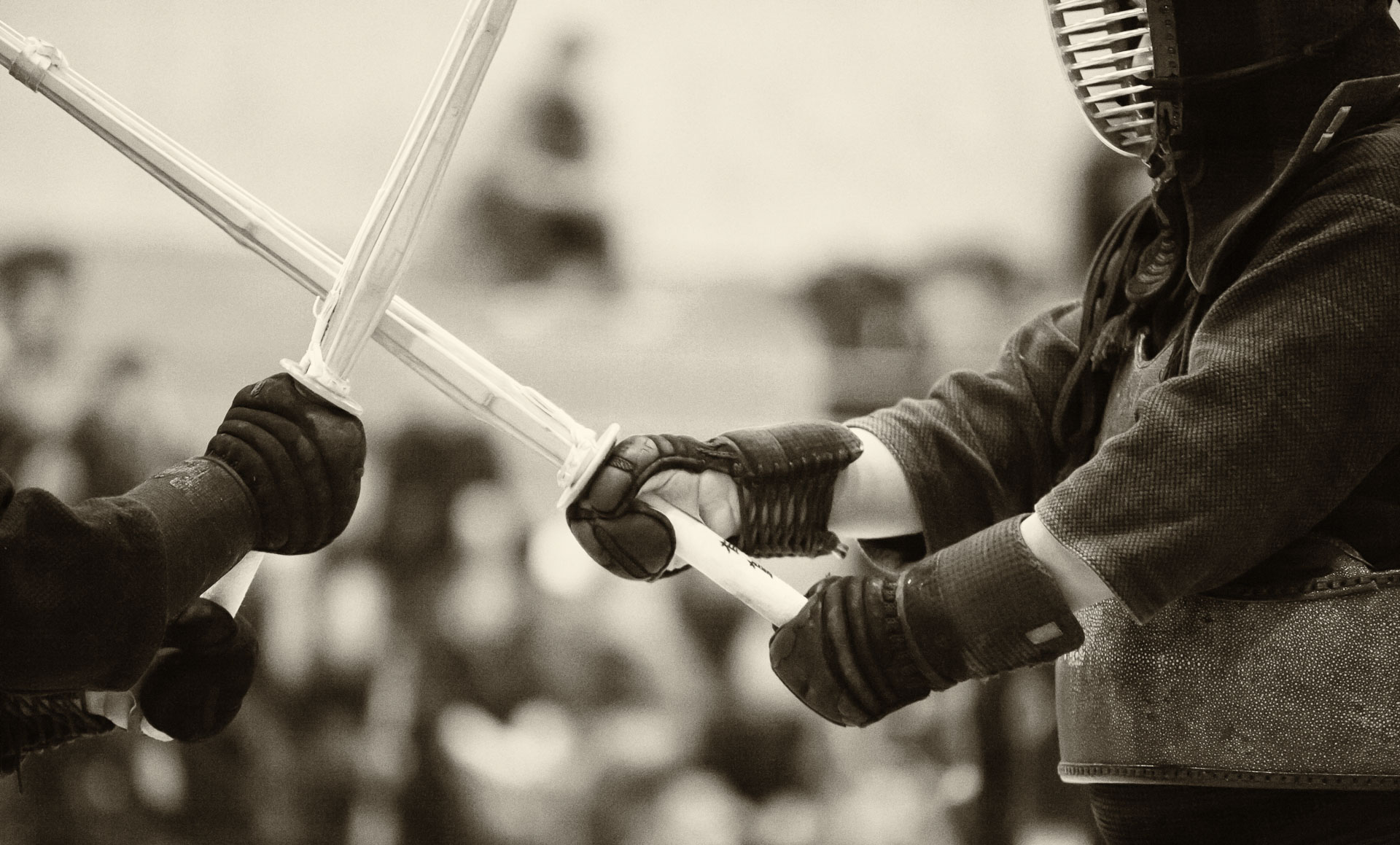
During some sporting events, photographers are not allowed to move along the the side of the playing field, as it is the case at the MLS soccer games, for example. In such cases, using a monopod or even a tripod (if it is allowed at the stadium) is a great idea, as it reduces the camera vibrations and helps to keep the frame level with the horizon, not to mention that it reduces the stress on your arms, as telephoto lenses are quite heavy.
However, if moving around is allowed, it can add great variety to the shots and often makes the difference between a rather boring and an exciting photoshoot. In my experience, hand-holding a lens longer than 400 mm is simply not feasible due to the weight of the system and the amount of camera shake. Attaching the system to a monopod is the solution in this case.

I often shoot sports with a Canon EF 300mm f/2.8L IS USM lens, sometimes combined with a 1.4X tele-extender
, attached to a Canon EOS-1D X
body. I also carry a second camera body (5D Mark II) with a shorter lens, such as a Canon EF 70-200mm f/2.8L IS II USM
, which I switch to if the action comes close. I carry the 1Dx-300mm system on a Black Rapid Y-strap
over my left shoulder, so that the camera is at my right hip when not in use. The second camera with a shorter lens is on my left hip, attached to a SpiderHolster
. My Spider
carrying system has another holster on the right side, but the 300mm lens
is too heavy for it. In fact, my friend tried to carry a 300 mm lens in a Spyder and found later that the pin that attaches the camera mounting plate to the belt became bent because of the weight. I suppose, this is not the worst that could have happened. At least, the pin did not break and the camera did not fall!
Initially, I was not keen on using the SpiderHolster, but I really like how the camera that is attached to it rotates and does not hit the ground if I crouch to take a low-angle point of view, which, by the way, almost always works better for sports than shooting from a standing position.
As an alternative, sometimes I use only one camera and lens at a time. I would switch lenses couple of times throughout the game to take a variety of view angles. In this case, I carry the camera on a Y-strap. It gives a good combination of mobility and weight distribution.


























